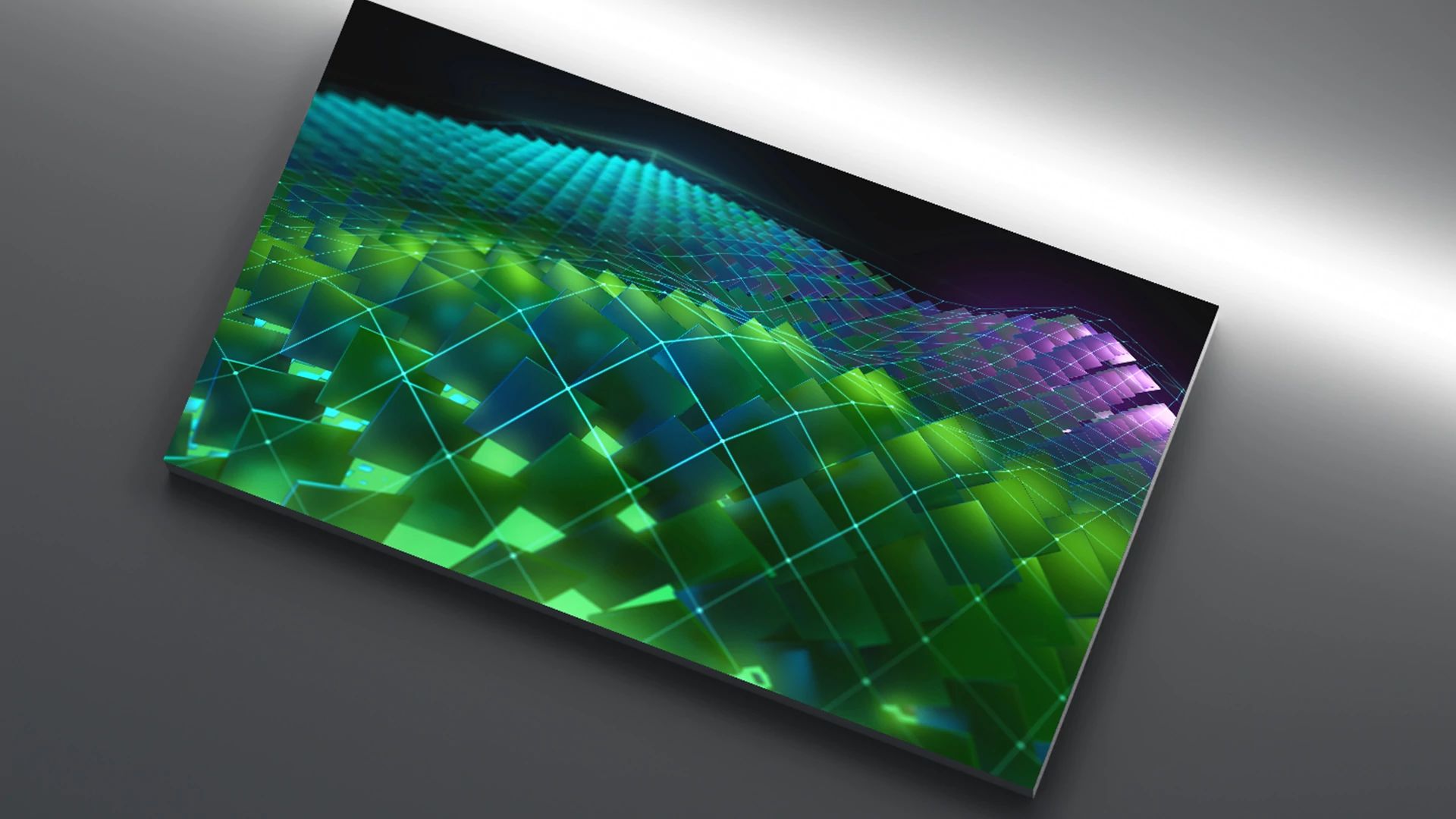Blog
Navigating GPU Architecture Support: A Guide for NVIDIA CUDA Developers

Understanding GPU Architecture Support for NVIDIA CUDA Developers
NVIDIA’s CUDA (Compute Unified Device Architecture) has revolutionized the way developers harness the power of GPUs (Graphics Processing Units) for computing tasks. Understanding how various GPU architectures support CUDA is crucial for optimizing performance. This guide aims to elucidate the key aspects of GPU architecture in the context of CUDA development, helping developers make informed decisions for their projects.
The Importance of GPU Architecture
GPU architecture defines how a GPU processes tasks and utilizes memory. NVIDIA has released multiple GPU architectures over the years, each introducing improvements in performance, efficiency, and programming capabilities. Understanding these architectures allows developers to optimize their applications to leverage the full potential of the hardware.
Key NVIDIA GPU Architectures
-
Fermi Architecture
- Overview: Launched in 2010, Fermi was a pivotal step for CUDA. It introduced significant enhancements in floating-point performance and memory management.
- Key Features: Unified memory architecture and support for double precision calculations marked Fermi as a game changer.
-
Kepler Architecture
- Overview: Released in 2012, Kepler brought improved energy efficiency and performance improvements over Fermi.
- Key Features: Features like Dynamic Parallelism and Hyper-Q allowed for better resource utilization, leading to increased processing speed.
-
Maxwell Architecture
- Overview: Introduced in 2014, Maxwell focused on energy efficiency and performance for gaming and graphics applications while still supporting CUDA workloads.
- Key Features: With enhancements in computational throughput and reduced power consumption, Maxwell remains a popular choice for developers.
-
Pascal Architecture
- Overview: Launching in 2016, the Pascal architecture featured an advanced manufacturing process and innovations in memory bandwidth.
- Key Features: The introduction of NVIDIA’s NVLink and more efficient tensor cores made Pascal ideal for deep learning and high-performance computing.
-
Volta Architecture
- Overview: Volta debuted in 2017, targeting artificial intelligence and machine learning applications.
- Key Features: Featuring Tensor Cores and the ability to support 32-bit floating-point operations at astonishing speeds, Volta is optimized for deep learning frameworks.
-
Turing Architecture
- Overview: Released in 2018, Turing combined real-time ray tracing and AI with traditional rasterization techniques.
- Key Features: Turing’s advanced features make it uniquely suitable for graphics-intensive applications alongside CUDA-heavy workloads.
- Ampere Architecture
- Overview: As of 2020, Ampere continues to push the boundaries of performance.
- Key Features: With significant improvements in Tensor Cores and the introduction of multi-instance GPU (MIG) technology, Ampere accommodates various workloads more effectively.
CUDA Toolkit and Architecture Compatibility
A critical aspect of CUDA development is ensuring that your chosen CUDA Toolkit version is compatible with the GPU architecture in use. NVIDIA typically releases new versions of the CUDA Toolkit in line with their architecture improvements.
-
CUDA Versioning: Each CUDA version denotes compatibility with specific GPU architectures. For instance, newer CUDA SDKs may drop support for older architectures, necessitating a careful review of documentation when starting a project.
- Choosing the Right Toolkit: Developers should evaluate their project requirements, considering the intended architecture to select the appropriate CUDA Toolkit version that maximizes productivity without sacrificing performance.
Optimizing Performance with GPU Features
To exploit the potential of NVIDIA GPUs fully, developers must consider various architectural features.
Memory Management
Efficient memory management is essential for optimizing CUDA applications. Key strategies include:
- Unified Memory: Simplifies memory management by allowing the CPU and GPU to share memory effectively.
- Texture Memory: Useful for accessing data in a spatially coherent manner, resulting in lower latency and improved performance.
Parallel Programming Model
CUDA allows developers to leverage the parallel processing capabilities of GPUs effectively. Here are some aspects to focus on:
- Kernel Launch: Understanding how to optimally launch kernels can significantly impact performance. Developers should account for the optimal number of threads per block.
- Thread Synchronization: Proper management of thread synchronization techniques ensures smooth operation, especially in computations that require shared data.
Best Practices for CUDA Development
- Profile Your Applications: Utilize tools such as NVIDIA’s Visual Profiler to analyze performance bottlenecks.
- Choose the Right Algorithms: Being aware of how algorithms scale with parallelization can enhance GPU utilization and processing speed.
- Stay Updated: Continually monitor NVIDIA’s releases and updates, ensuring that you utilize the latest architecture advancements and toolkit enhancements.
Real-World Applications of CUDA
CUDA is not limited to gaming and graphics. Its capabilities extend to multiple domains.
Scientific Research
Researchers leverage CUDA for simulations and data analysis, allowing them to perform complex computations in less time than traditional CPUs could manage.
Machine Learning
With the rise of deep learning, frameworks such as TensorFlow and PyTorch integrate with CUDA, making it indispensable for training neural networks.
Image and Video Processing
CUDA accelerates various video processing tasks, including encoding and filtering, providing enhancements in both performance and visual quality.
Conclusion
NVIDIA’s GPU architectures and CUDA toolkit offer substantial opportunities for developers. By understanding the nuances of GPU support, optimizing applications accordingly, and adhering to best practices in development, programmers can achieve exceptional performance in their computational tasks. As GPU technology continues to evolve, staying informed and adaptable will be key in leveraging its full potential. By approaching CUDA development with a strategic mindset, developers can navigate the complexities of GPU architecture with confidence and efficiency.
